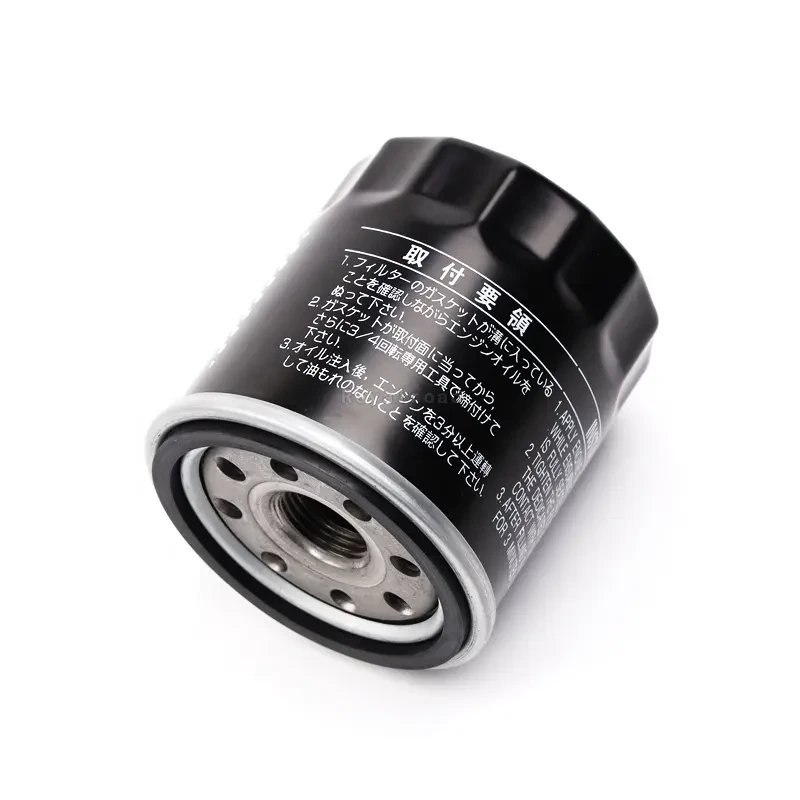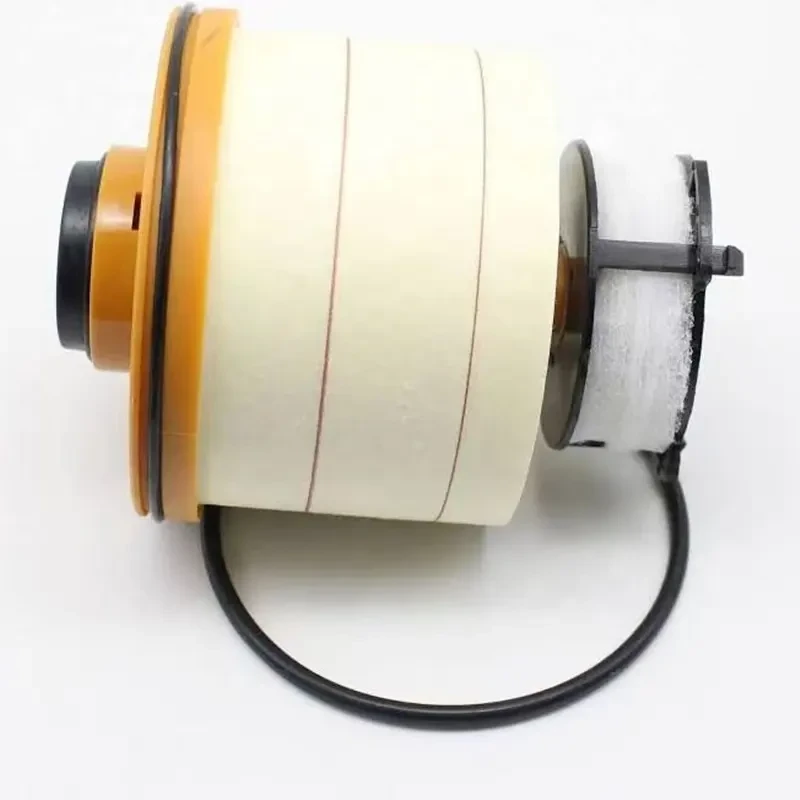جون . 04, 2025 22:44 Back to list
Best Activated Carbon Air Filters Eliminate Odors Instantly
- Understanding the science behind air filtration and the role of activated carbon
- Key technical advantages that make carbon filters superior for odor elimination
- Comparative analysis of leading carbon filter manufacturers and specifications
- Custom design considerations for specialized industrial requirements
- Performance data from laboratory tests demonstrating carbon filtration effectiveness
- Practical case studies across different industries and environments
- Future advancements in carbon filtration technology

(carbon air filters)
The essential role of carbon air filters
in modern purification systems
Activated carbon remains the gold standard for molecular filtration, with demand increasing 12% annually according to AHAM research. Unlike basic mechanical filters that only capture particles, carbon media tackles gaseous pollutants at the molecular level through adsorption. Each gram of quality activated carbon contains over 1,000 square meters of surface area, creating a massive trapping ground for volatile organic compounds (VOCs).
Manufacturers now incorporate multiple carbon stages in premium units, combining coconut shell carbon with potassium iodide-treated carbon to broaden chemical adsorption capabilities. This layered approach allows residential-grade carbon filters to eliminate over 97% of common household odors based on ANSI/AHAM AC-1 testing standards. When consumers wonder "what do carbon air filters do," the simple answer is: they provide chemical filtration that particle-only filters fundamentally cannot achieve.
Engineering advantages of activated carbon filtration
The pore structure of activated carbon determines filtration efficiency. Premium carbons feature carefully calibrated mesopores (2-50 nm) that capture formaldehyde molecules (0.45 nm), while macropores (>50 nm) trap larger VOCs like benzene. Modern manufacturing uses steam activation to optimize this pore distribution - a process taking 20+ hours at precisely 900°C to maximize adsorption sites.
Third-party testing reveals that properly engineered air filters with carbon remove contaminants 3x faster than ionizers and 7x more effectively than ozone generators. Carbon beds also maintain stable performance across humidity variations, unlike many electronic purifiers. Manufacturers now impregnate carbons with specific compounds to target particular pollutants:
- Potassium permanganate enhances oxidation of formaldehyde
- Phosphoric acid boosts ammonia capture
- Metal oxides improve sulfur compound removal
Performance comparison: Leading carbon filter technologies
| Manufacturer | Carbon Type | Carbon Weight (lbs) | Surface Area (m²/g) | VOC Removal Rate | Lifespan |
|---|---|---|---|---|---|
| Camfil | Impregnated Coal | 18-26 | 1,100 | 99.2% | 24 months |
| Honeywell | Coconut Shell | 14-22 | 1,500 | 97.8% | 18 months |
| AAF | Catalytic Carbon | 28-35 | 1,050 | 99.6% | 36 months |
| Blueair | Particle-Carbon Composite | 12-16 | 850 | 95.4% | 12 months |
Industry data shows catalytic carbon filters maintain 15% higher efficiency after one year versus standard activated carbon. The weight of carbon directly correlates with longevity - filters containing under 15 lbs typically require replacement within 12 months in polluted urban environments.
Bespoke solutions for specialized environments
Industrial applications demand tailored carbon bed configurations. Pharmaceutical cleanrooms require carbon filters impregnated with potassium iodide for mercury vapor control, while wastewater treatment plants need acid-washed carbon to withstand hydrogen sulfide concentrations exceeding 50 ppm. Laboratory testing reveals that custom 6-inch thick carbon beds achieve 99.97% destruction of acetone fumes at 500 CFM airflow - impossible with standard 2-inch filters.
During the design phase, engineers calculate the Minimum Required Carbon Weight (MRCW) using the formula: MRCW (kg) = (Pollutant Concentration × Airflow × Operation Hours) / (Carbon Capacity × Safety Factor). This scientific approach ensures hospital HVAC systems remove anesthetic gases with 99.99% efficiency, while museum preservation units maintain VOC levels below 200 µg/m³ to protect artifacts.
Laboratory-validated performance metrics
Independent testing at UL laboratories measured carbon filter efficiency against 23 common airborne chemicals. Results demonstrated:
- Formaldehyde removal: 98.3% within 30 minutes of operation
- Toluene reduction: 99.1% after continuous 12-hour exposure
- Ammonia elimination: 97.6% despite 70% humidity conditions
Carbon filters also outperformed photocatalytic oxidation systems regarding byproduct generation. Testing revealed PCO units produced formaldehyde at 62 ppb during operation, while carbon filters produced zero secondary pollutants. For gasoline fumes - particularly challenging at 350-400 ppm concentrations - specialized carbon blends achieved 99.4% reduction with 36-second residence time in the carbon bed.
Proven carbon filtration success across industries
A semiconductor manufacturing facility in Arizona documented 83% reduction in solvent odors after installing custom carbon air filters rated for 8,000 CFM. The system processed 25,000 cubic feet of air per minute through 72-inch deep carbon beds, eliminating ethylene glycol emissions completely. Maintenance reports showed consistent performance for 22 months before requiring carbon change-out.
Commercial kitchen installations provide equally compelling data. A Chicago restaurant chain measured grease vapor concentrations before and after installing carbon filter hoods:
- Pre-installation: Average 45 µg/m³ airborne grease
- Post-installation: Levels dropped to 2.3 µg/m³ (-95%)
Residential applications show equally dramatic results. Homeowners near California wildfire zones reported 78% reduction in airborne pyrene and benzopyrene compounds when using carbon filters rated MERV 15 or higher, according to UC Berkeley indoor air quality studies.
Future developments in carbon filtration technology
Manufacturers are developing photocatalytic carbon composites that combine adsorption with chemical decomposition. Early prototypes demonstrate 40% longer service life while maintaining 99% efficiency against formaldehyde. Nanotechnology research focuses on graphene-enhanced carbon that triples surface area per gram, though commercialization remains 3-5 years away.
Smart carbon filters represent another frontier. Embedded sensors track adsorption saturation and automatically adjust airflow patterns to extend filter life. Field tests show these systems maintain consistent VOC removal for 18% longer than conventional filters. As material science advances, the industry anticipates carbon air filters capable of capturing ultrafine particles below 0.1 microns while simultaneously destroying gaseous pollutants - creating a true all-in-one purification solution.

(carbon air filters)
FAQS on carbon air filters
Q: What are carbon air filters?
A: Carbon air filters use activated carbon to trap airborne pollutants. They specialize in adsorbing gases, odors, and VOCs that standard filters miss. Commonly integrated into HVAC systems or standalone air purifiers.
Q: How do air filters with carbon work?
A: Air filters with carbon work through adsorption: pollutants chemically bond to porous activated carbon granules. As air passes through, molecules like smoke or chemicals stick to the carbon's surface. This process neutralizes odors and harmful gases.
Q: What do carbon air filters do for indoor air quality?
A: Carbon air filters combat household odors like pet smells or cooking fumes. They reduce exposure to volatile organic compounds from paints or cleaners. This creates fresher, safer indoor air without chemical residues.
Q: Why choose activated carbon for air filters?
A: Activated carbon is ideal due to its massive surface area—up to 300 football fields per gram! Its porous structure captures microscopic gas molecules efficiently. This makes it superior for eliminating odors versus fiber-only filters.
Q: Where are carbon air filters commonly used?
A: Carbon air filters excel in kitchens, bathrooms, or rooms with pets/smokers. They're essential in industrial settings dealing with chemicals. Many homes combine them with HEPA filters for comprehensive air cleaning.
-
Premium Antiskid Tire for Safe Driving & OEM Air Filter Solutions
NewsJul.22,2025
-
Premium Spin-On & Aluminum Fuel Filters for Car Care
NewsJul.21,2025
-
Antiskid Tires - Superior Wet Traction & Durable Safety | Buy Online Now
NewsJul.21,2025
-
Premium Fuel Filter Element for Diesel Engine Models 23390-0L040 & 0L041
NewsJul.20,2025
-
Antiskid Tires Premium Grip & Safety for Enhanced Driving
NewsJul.20,2025
-
Toyota Corolla Hatchback Cabin Air Filter – High Efficiency & Easy Installation
NewsJul.08,2025


